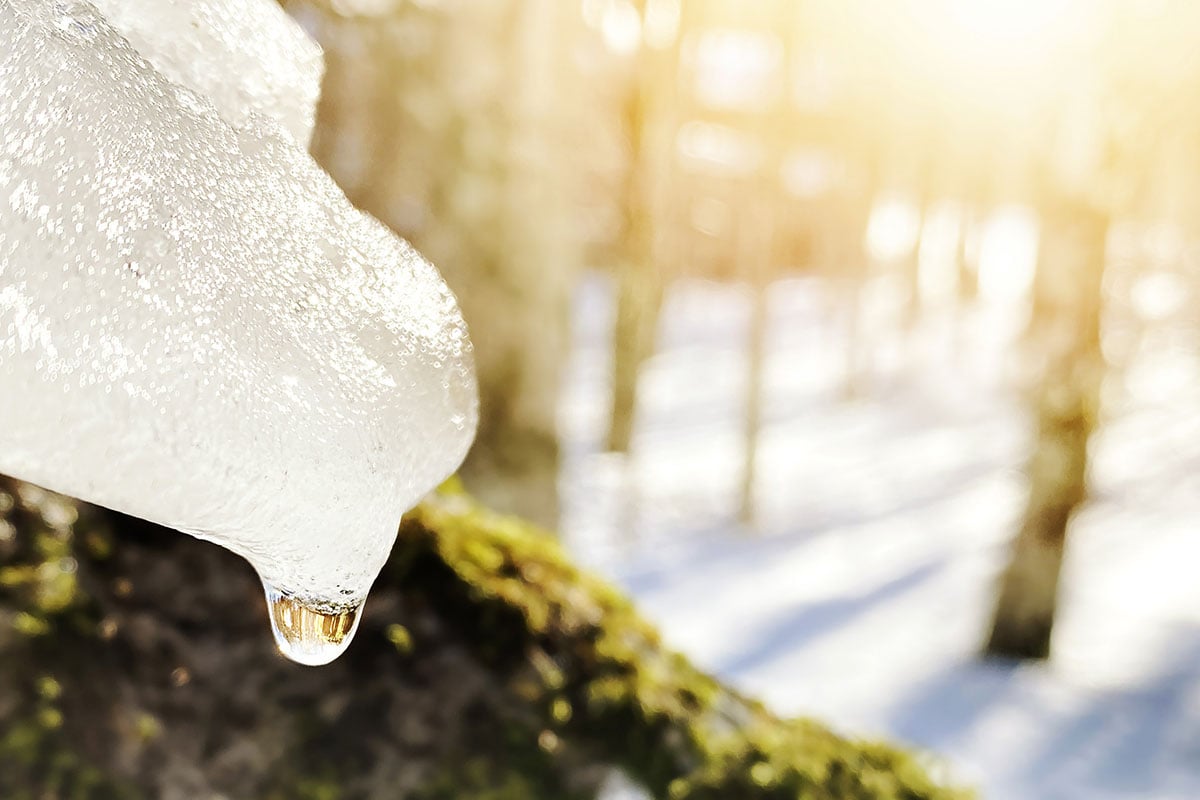
Ah, springtime in Atlantic Canada – that magical time of year when we emerge from our winter hibernation, and dust off our shorts and sandals, even if the temperature is barely 5 degrees. Before you break out the sunscreen and fire up the BBQ, there’s something you need to know: with the warmer weather comes the inevitable spring thaw.
How can this impact my property?
All that water can seep into your property through cracks in your foundation and damaged pipes. Or, can pool on your roof, causing leaks and or standing water that can stain or turn into mold.
Here’s some tips to mitigate damage to your property due to spring thaw (Source).
- Check your sump pumps
If you have a sump pump in your house, it’s best to check this first. You can test if your sump pump is working correctly by dumping a bucket of water into it. If the water drains, your sump pump is functioning. It is also crucial to make sure there is no debris forming in the screen, causing it not to work properly.(Source) - Shovel snow away from your home
We know it’s heavy and rough snow, but it’s gotta go! As the snow melts, it can leak into your foundation and cause flooding. Do your best to shovel as much snow as possible away from your home’s foundation. - Clean eavestroughs
Your eavestroughs have had all winter to collect dirt and debris. As annoying as it is, it’s time to give them a clean. Take advantage of this warmer weather and clear them out. Melting snow or ice will not drain properly if eavestroughs aren't clear, and this can cause damage to your roof and foundation. - Check for and seal cracks
The winter climate could have created cracks in your foundation. Take some time to walk around your home to identify cracks, and be sure to repair them to prevent further damage. If the cracks seem significant, call a professional. - Protect against ice damming
Ice damming can happen during the winter when heat is transferred from a poorly insulated attic to the roof. Heat escapes from the attic and goes through the roof, melting snow to the edge. Once the snow hits the lower edge, it freezes, causing an ice dam. Now, most of the time these ice dams are sitting there not causing any issues. But if you start seeing massive icicles hanging off the sides of your house, it's time to call in the pros. They'll inspect your attic for heat leaks because when spring rolls around, those leaks turn into little fountains of water damage. And trust us, you don’t want that happening. (Source)
So that about sums up spring thaw. We hope you don’t experience any of the negative impacts of the snow melting, but if you do, you know who to call (us!).
If you have questions about your insurance policy and whether you are covered in the event of snow-related damages, reach out. Our friendly and knowledgeable Steers brokers are always available to answer any questions you may have.


 ;
;
 ;
;
 ;
;
 ;
;
 ;
;
 ;
;
 ;
;

